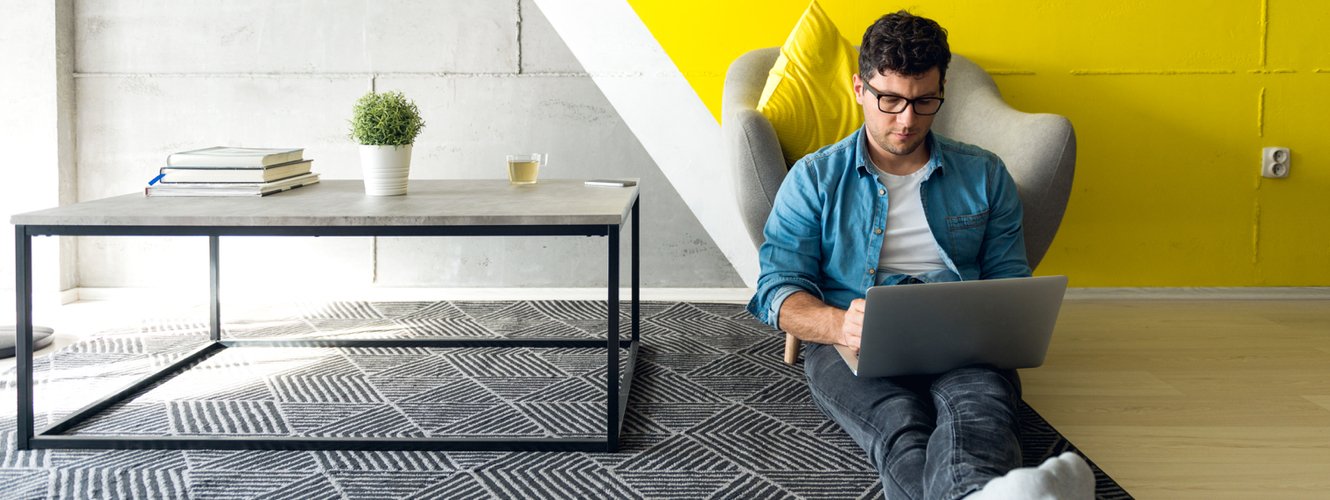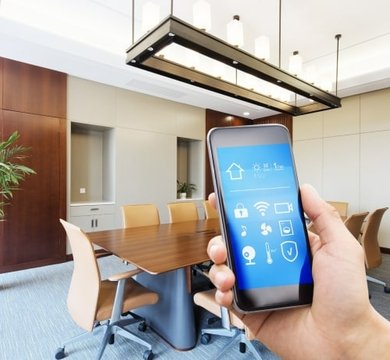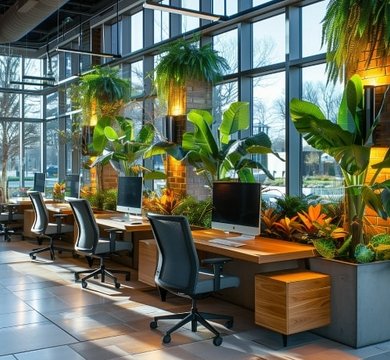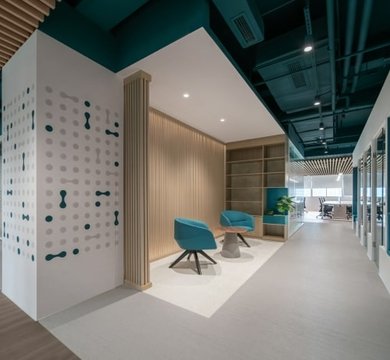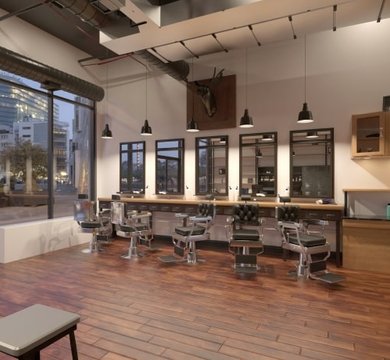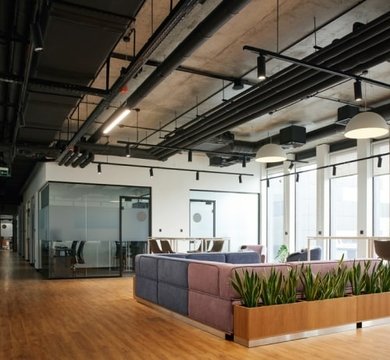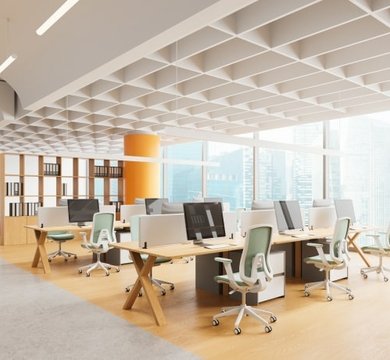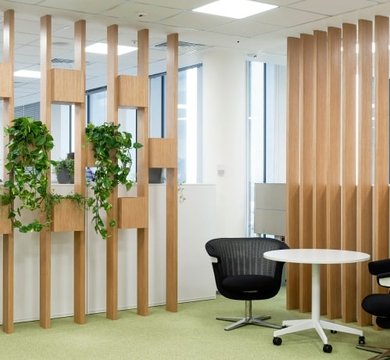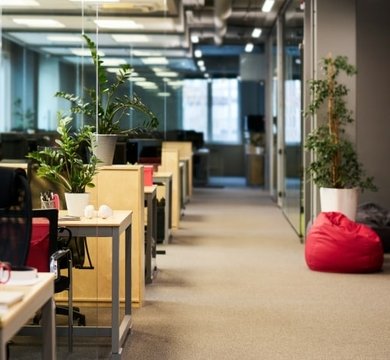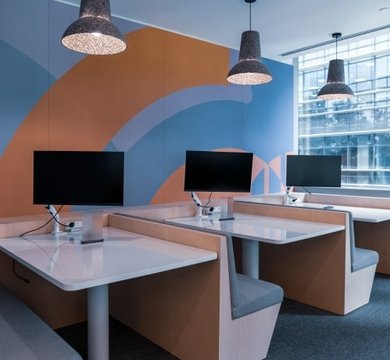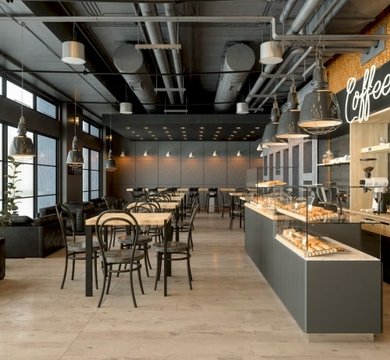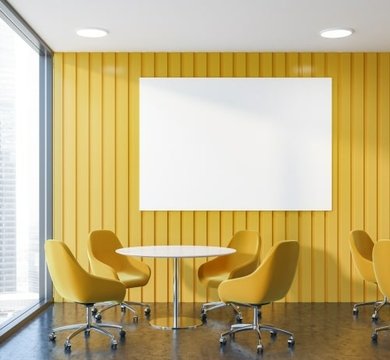Freelancers are coming into their own in today’s gig economy with Wi-Fi, cloud computing and video calls making it possible to work flexibly in almost any industry. In fact, the number of self-employed workers has doubled in the last two decades - increasing from 3.3 million in 2001 to 4.8 million in 2017 alone, according to the Office for National Statistics. It’s also a figure expected to rise and shape interior office design in London.
Research from OnePoll and Kalido, a professional networking and matching app, found 64% of companies relied on freelancers - many to manage periods of peak activity. They liked being able to swell their workforce on a temporary basis and scale back when needed, but the results revealed employers also use freelancers to provide niche expertise on a transient basis; to ensure deadlines were met and to inject fresh thinking into their business.
It’s unlikely, however, that freelancers can work exclusively from a remote position and it’s up to companies to facilitate temporary staff during times when they need in-house help. MPL Interiors, a specialist in office refurbishments, has a number of design and space layout solutions that helps companies accommodate extra staff as and when required. These include:-
- Floorplan configurations that are specifically designed to allow companies to increase the number of desks available.
- Office desks on wheels that can be repositioned to make way for extra office furniture.
- Retractable office partitions that allow private meeting rooms to be opened up to become part of an open plan office.
- Booths that can be repurposed as bookable desk space.
- Secure lockers where freelancers can leave items until their next visit.
- Secure entry points that allow office access on a 24/7 basis, so the same number of desks are available over longer periods.
If your company is increasingly working with freelancers, contractors and the self-employed, contact us today for advice about accommodating extra staff with the minimum of office disruption.

